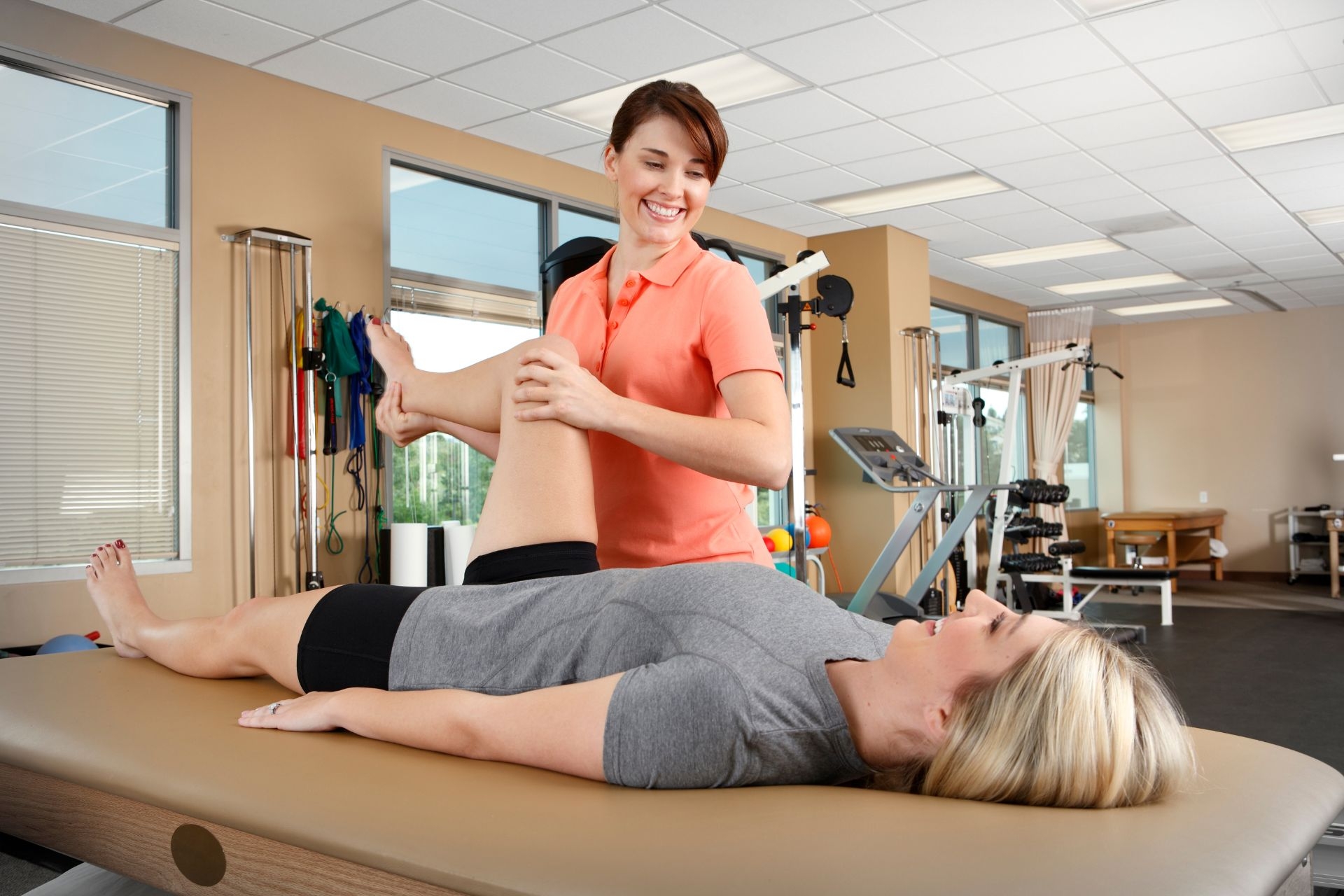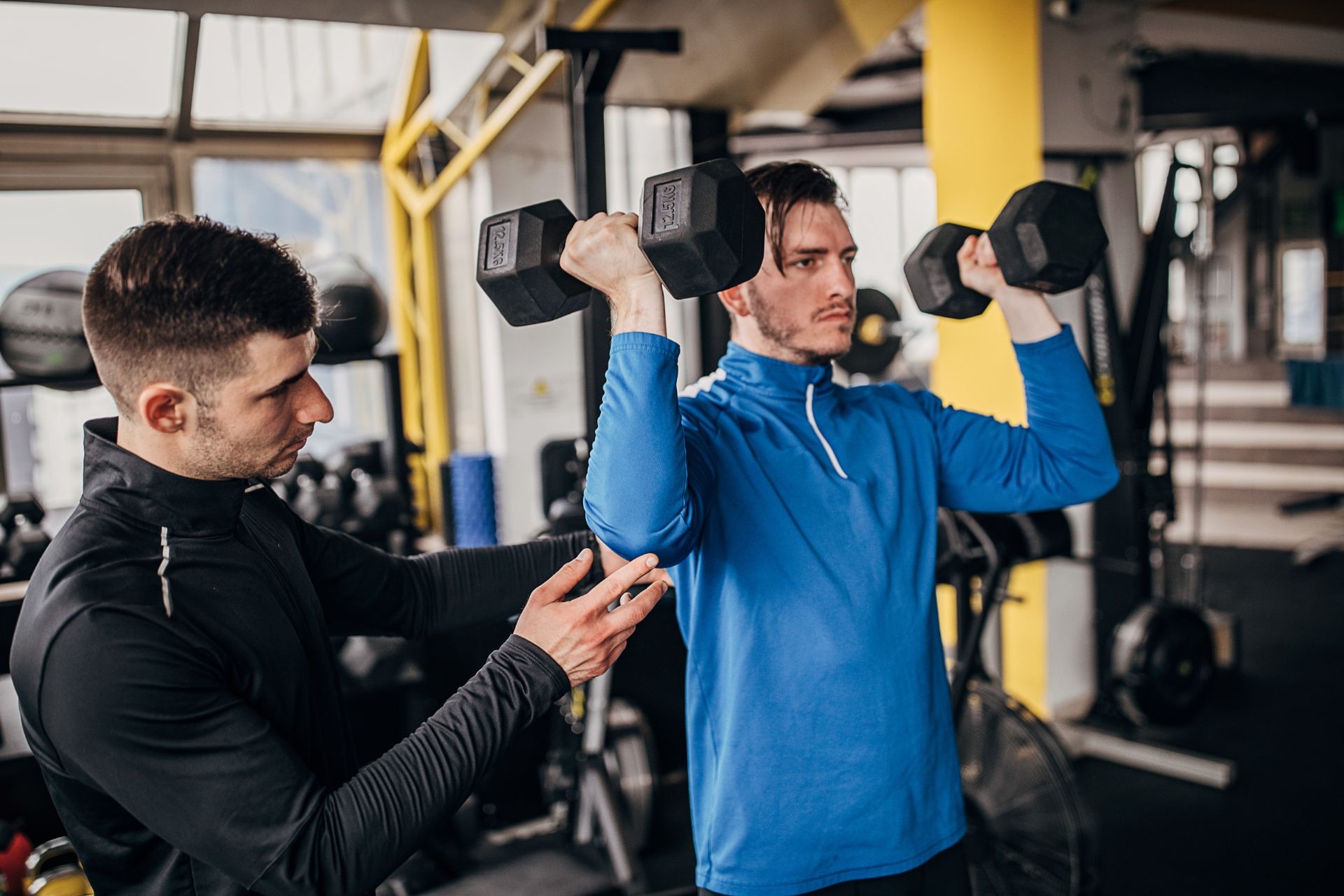Gait Analysis
How does gait analysis help in identifying abnormalities in a person's walking pattern?
Gait analysis is a valuable tool in identifying abnormalities in a person's walking pattern by analyzing the various components of their gait, such as step length, stride width, and foot placement. By closely examining these factors, healthcare professionals can pinpoint any deviations from a normal walking pattern, which may indicate underlying musculoskeletal issues or neurological conditions affecting the individual's ability to walk properly.



